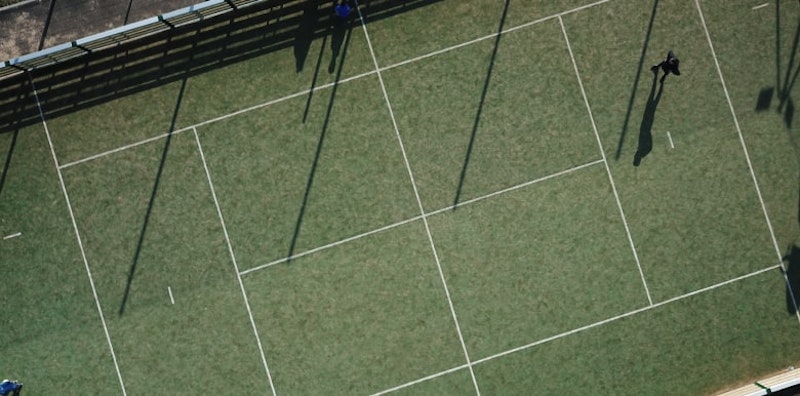[ 15/11/2024 ]
The rules of 5-a-side football
The rules of five-a-side soccer differ from the classic 11-a-side soccer or even futsal to better adapt to the environment and field dimensions. These rules evolve according to the desires, possibilities, and the framework of the game. During competitions, stricter rules are set in place, unlike recreational five-a-side soccer which is more informal but no less exciting. The overall rules ensure the interest of the game and the integrity of the players to offer a dynamic, faster, and more spectacular version than 11-a-side soccer. Discover the main basic rules of five-a-side soccer.
Not surprisingly, a five-a-side soccer match is played between two teams, consisting of five players, 4 outfield players and 1 goalkeeper. Substitutes can be added to bring freshness on the field during the longest matches. Substitutes are unlimited - even for the goalkeeper, obviously a substitute will wait for the exiting player before entering the field.
The dimensions of a five-a-side soccer field can vary by a few meters just like all playing areas. The dimensions of a five-a-side soccer field are between 30 meters and 35 meters long and a width of 18 meters to 20 meters. With this reduced playing space, players must shine through the precision of their passes and dribbles.
Matches consist of two periods, usually 12 to 25 minutes each, with a short break at half-time. This also depends on the circumstances: championship matches, cup, recreational soccer... There is hardly any downtime to do throw-ins, which is why it's hard to reach 90 minutes of play like 11-a-side soccer.
Other formats exist where the end of the match occurs when a team concedes a certain number of goals.
The format and dimensions encourage ground play and speed, short passes, and a more technical game. The ball must be suitable for this practice. In recreational five-a-side soccer, balls can be size 4 (smaller) or size 5 with controlled bounce.
With synthetic grass, players can play with their cleats adjusted to this surface. Turf soles characterized by numerous but small studs allow short, precise play and regular changes of direction.
It is advisable to ban dangerous objects on the playing area: watches, necklaces, rings, or bracelets. Moreover, objects in pockets should be avoided for the same reasons. Wearing shin guards is compulsory in competition.
Five-a-side Soccer prohibits most contact on the field. Tackles are forbidden to avoid dangerous contacts. A player will always stay on their feet: a knee on the ground is considered a tackle and thus a foul. Only interceptions of passes or standing tackles are allowed to regain possession of the ball.
Light fouls (net contact, unintentional handball, playing on the ground, slight push in the back, etc.) result in a restart by the goalkeeper of the team that suffered the foul. More serious fouls are penalized with a penalty (dangerous play, tackle, unsportsmanlike conduct, heavy collision, deliberate foul, etc.). Accumulating fouls or serious fouls can result in cards. The penalty is taken from a set point, usually at a shorter distance than in traditional soccer.
There is no offside in 5-a-side football.
All restart rules encourage dynamic and continuous play. The rules for corners and goal kicks are similar to those in traditional football:
- Throw-ins: When the ball touches the net or goes over the fence, the opposing team of the player who last touched the ball takes a throw-in or a kick-in from their goalkeeper.
- Corners: If the ball touches the net behind the goal after being last touched by a defender, a corner is awarded to the attacking team. The corner is played with the foot from the corner of the field.
- After a goal: After a goal is scored, the game is restarted with a kick-off from the center of the field by the team that conceded the goal.
- Game start: The match starts or resumes with a kick-off at the center of the field
Obviously, only the goalkeeper can use his hands as long as he is in his penalty area, designated by a semicircle or a small rectangle in front of the goal. He is not allowed to leave his area but can participate in play from there.
5-a-side football is a dynamic variant of traditional football, characterized by specific rules aimed at speeding up the pace and intensifying the action. The discipline is ideal for players of all ages and skills, promoting technical skills and game speed. It's a great way to enjoy the beautiful game without needing a large team or big field.















